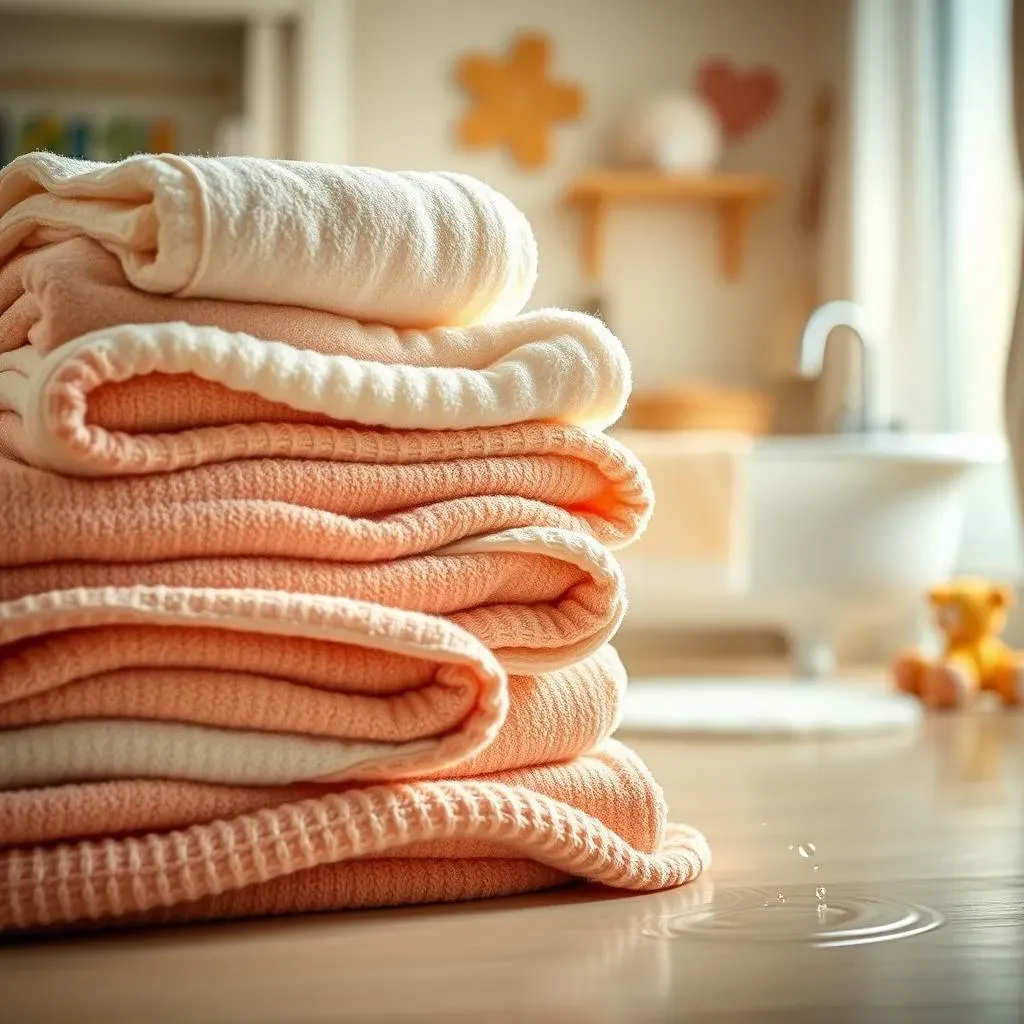Table of Contents
Bringing a new baby home is a whirlwind of tiny clothes, adorable toys, and a whole lot of "figuring it out." Among the mountains of baby gear, you might find yourself pondering a seemingly simple question: how many baby towels do I need? It's easy to underestimate this little essential, but trust me, having the right number of soft, absorbent towels can make bath time (and those inevitable messes) a whole lot easier. This isn't just about drying off after a bath, baby towels become your go-to for everything from spills to spit-up. So, how do you determine that magic number? We'll dive into the factors that influence your baby towel needs, explore the different types available, and even share some care tips to keep them soft and snuggly. Let's get started, and ensure you're well-equipped for all the splashes and snuggles to come!
Figuring Out Your Baby Towel Needs: More Than You Think?
Figuring Out Your Baby Towel Needs: More Than You Think?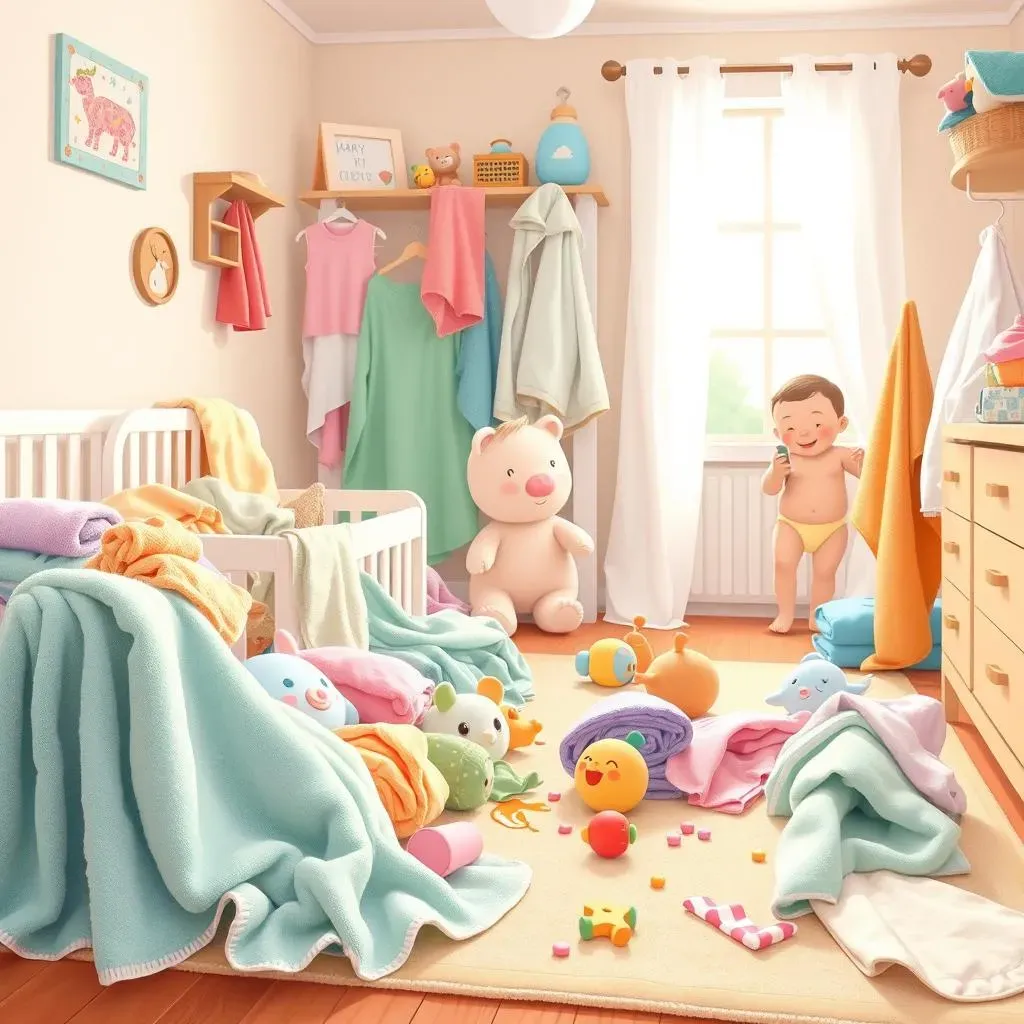
let's get real. When you're prepping for a new baby, it's easy to think one or two towels will do the trick. But trust me, that's like packing a single diaper for a day out – ambitious, but likely to end in disaster. You'll quickly discover that baby towels aren't just for drying off after a bath. They become essential tools for wiping up spills, cleaning up spit-up, and creating a clean surface for diaper changes on the go. Think of them as your trusty sidekick in the messy, unpredictable world of babyhood. So, how many is enough? Let's break it down.
Factors That Influence How Many Baby Towels You Need
Factors That Influence How Many Baby Towels You Need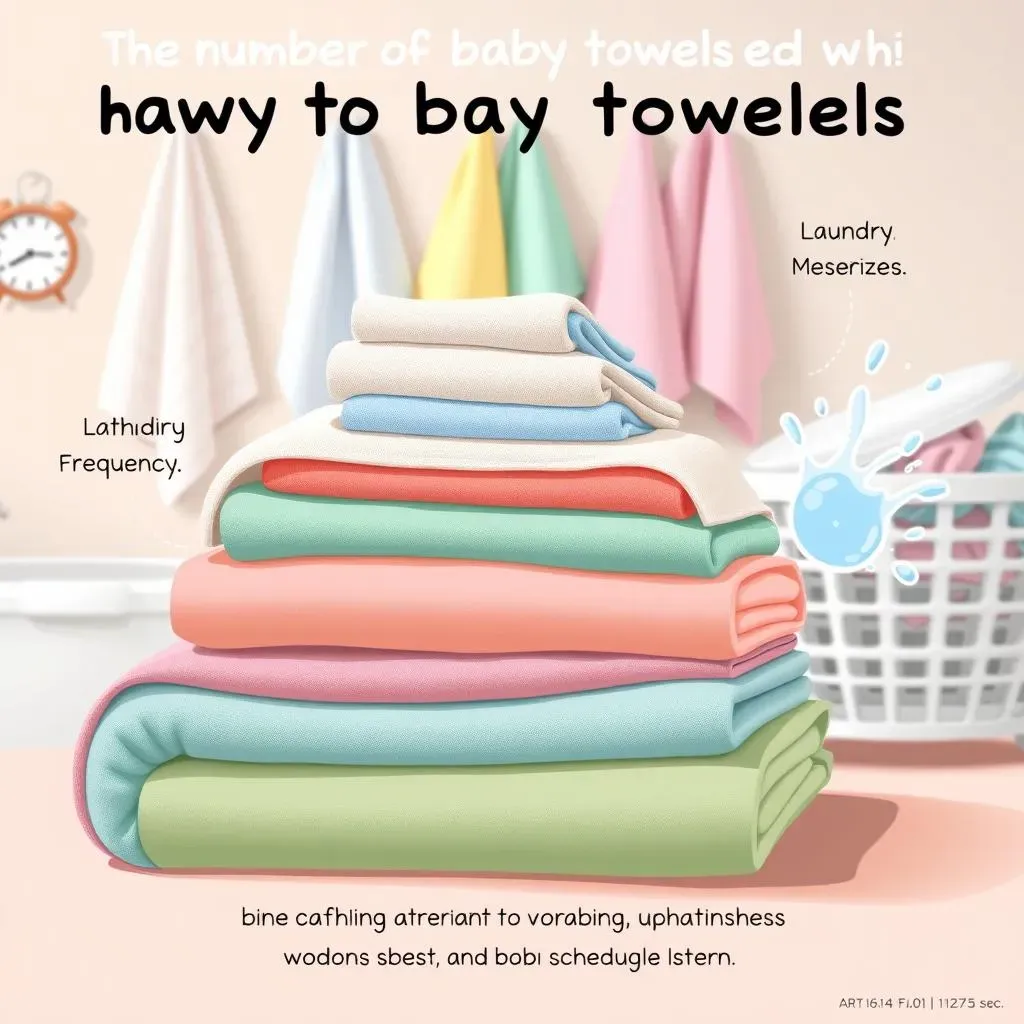
so you're thinking about baby towels. Let's get into the nitty-gritty of what really drives that number. It's not just a random guess; a few key factors come into play. First, consider how often you plan to bathe your little one. Newborns don't need daily baths, but as they get older and start exploring (and making messes), bath time might become a more frequent event. Also, think about your laundry schedule. Are you a wash-every-other-day kind of person, or do you let things pile up for a week? Your laundry habits directly impact how many towels you'll need on hand. And, of course, there's the inevitable factor of spit-up, spills, and other baby-related messes that seem to appear out of nowhere. Let's dive deeper into each of these points.
Another thing to consider is the type of towels you choose. Some materials are more absorbent and quick-drying than others, which can affect how frequently you need to swap them out. For instance, if you opt for super-absorbent bamboo towels, you might be able to get away with fewer than if you choose thinner cotton ones. Also, think about whether you want hooded towels or just regular ones. Hooded towels can be great for keeping baby warm and snuggly after a bath, but they might not be as versatile for other uses. Ultimately, the right number of towels for you will depend on your specific needs and preferences. Don't be afraid to experiment and adjust as you go!
Factor | Description | Impact on Towel Count |
|---|---|---|
Bathing Frequency | How often you bathe your baby. | More frequent baths = more towels. |
Laundry Schedule | How often you do laundry. | Less frequent laundry = more towels. |
Spit-Up/Mess Factor | How prone your baby is to messes. | Messier baby = more towels. |
Towel Material | Absorbency and drying speed. | Less absorbent/slower drying = more towels. |
Don't forget about backup! Having a few extra towels stashed away is always a good idea. You never know when you might need one in a pinch, whether it's for an unexpected diaper blowout or a sudden spit-up situation. It's like having a first-aid kit for messes – better to be prepared than caught off guard. Plus, having extras on hand means you won't have to rush to do laundry every time a towel gets dirty. Aim for at least 3-4 towels to start, and adjust from there based on your own experiences and observations.
Baby Towels: Types and Features to Consider
Baby Towels: Types and Features to Consider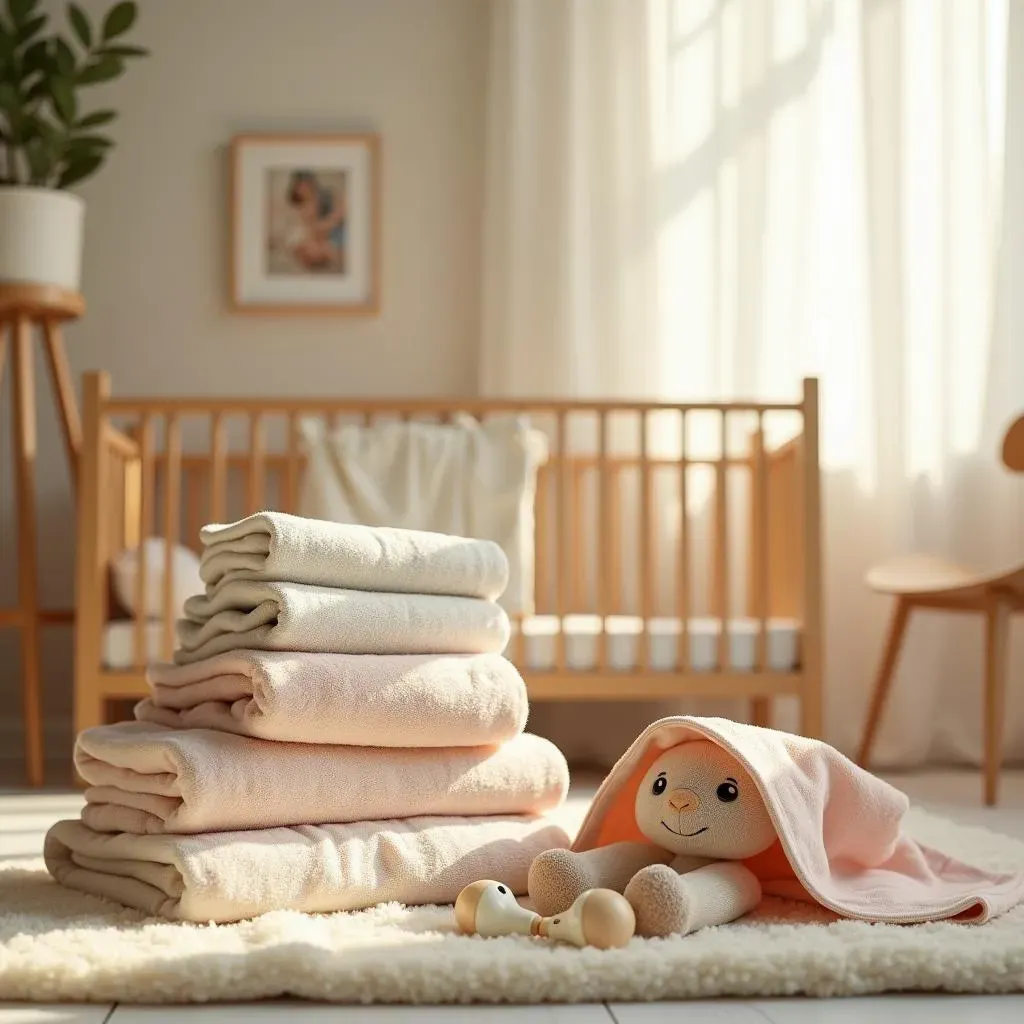
Material Matters: Choosing the Right Fabric
let's talk fabrics. When it comes to baby towels, the material makes a HUGE difference. You've got your standard cotton, which is soft and affordable, but might not be the most absorbent. Then there's bamboo, which is super absorbent, eco-friendly, and feels incredibly luxurious against baby's skin. Microfiber is another option – it's quick-drying and lightweight, but some people find it a little less soft than cotton or bamboo. Organic cotton is also a great choice, especially if your baby has sensitive skin or allergies. It's free from harsh chemicals and pesticides, making it a gentler option.
Hooded or Not? Weighing the Pros and Cons
Now, let's dive into the age-old debate: hooded or non-hooded? Hooded towels are undeniably adorable. They keep baby's head warm and snuggly after a bath, which is especially important in cooler months. Plus, they're just so darn cute! However, they might not be as versatile as regular towels. You can't really use a hooded towel for wiping up spills or as a changing pad cover. Regular towels, on the other hand, are more multi-purpose. You can use them for anything and everything, but they don't offer the same level of warmth and coziness as hooded ones. Ultimately, it comes down to personal preference and how you plan to use the towels.
Towel Type | Pros | Cons |
|---|---|---|
Cotton | Soft, affordable, widely available | Can be less absorbent than other materials |
Bamboo | Super absorbent, eco-friendly, luxurious feel | Can be more expensive |
Microfiber | Quick-drying, lightweight | Some find it less soft |
Hooded | Keeps baby's head warm, adorable | Less versatile |
Regular | Multi-purpose, versatile | Doesn't offer as much warmth |
Size and Thickness: Finding the Perfect Fit
Beyond material and hood status, size and thickness also play a role. You want a towel that's big enough to fully wrap your baby, but not so huge that it's unwieldy. Look for towels that are at least 30x30 inches, or even larger if you prefer. Thickness is also important – a thicker towel will be more absorbent and feel more luxurious. However, thicker towels can also take longer to dry, so keep that in mind. Consider a GSM (grams per square meter) of at least 400 for a good balance of absorbency and drying speed.
Caring for Your Baby Towels: Tips and Tricks
Caring for Your Baby Towels: Tips and Tricks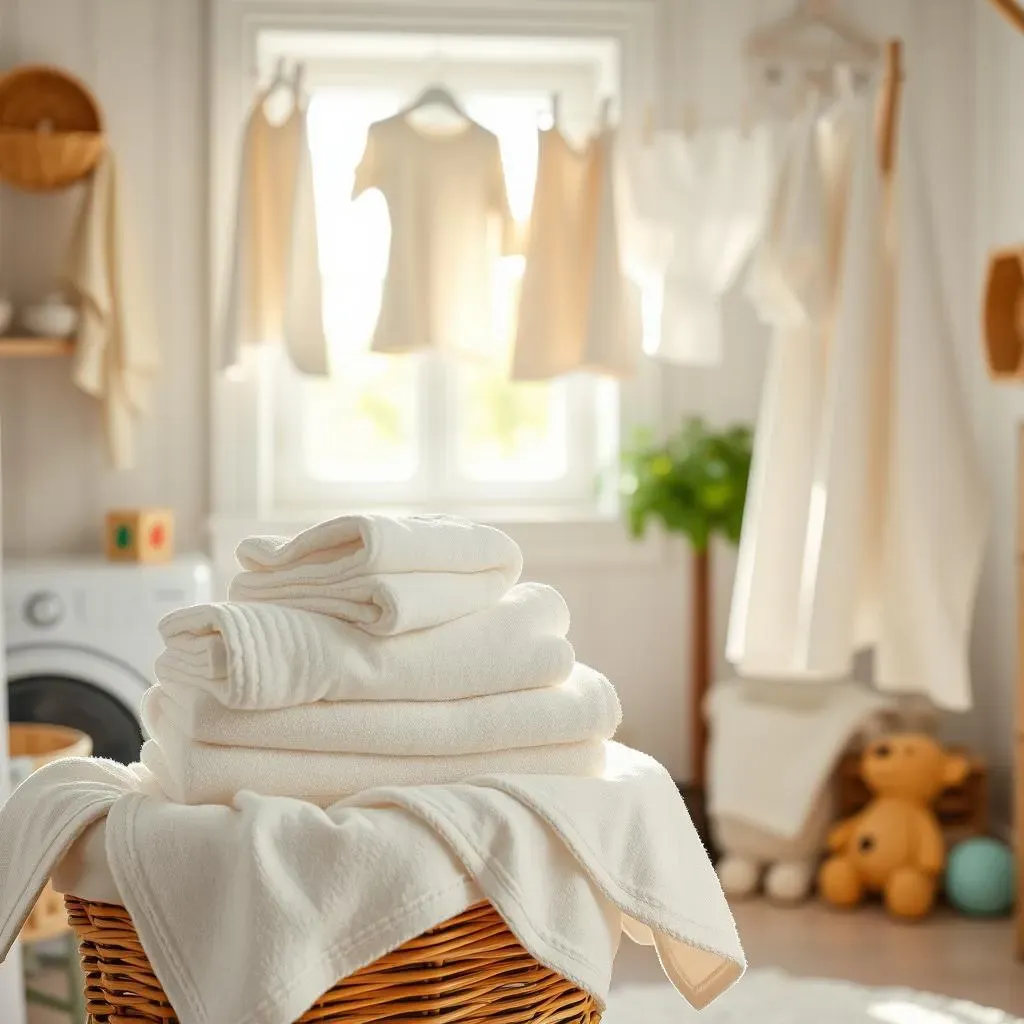
Wash 'Em Right: Laundry Dos and Don'ts
Alright, so you've got your stash of baby towels. Now, how do you keep them soft, clean, and ready for action? First off, always wash new towels before using them. This helps remove any manufacturing residues and maximizes absorbency. Use a gentle, baby-friendly detergent that's free from harsh chemicals and fragrances. Avoid using fabric softeners, as they can reduce the towel's absorbency and irritate baby's delicate skin. Wash towels separately from other items, especially those with zippers or Velcro, to prevent snagging and damage. And when it comes to temperature, warm water is usually best. Hot water can fade colors and break down fibers over time.
Drying is just as important as washing. Tumble dry on low heat to prevent shrinking and maintain softness. Avoid over-drying, as this can make towels stiff and scratchy. If possible, line-drying is a great option – it's gentler on the fabric and helps reduce static cling. Just make sure to hang them in a well-ventilated area to prevent mildew growth. And here's a pro tip: toss a few dryer balls into the dryer to help fluff up the towels and reduce drying time. Trust me, your baby (and your towels) will thank you!
Tip | Description |
|---|---|
Wash Before Use | Removes residues, maximizes absorbency |
Gentle Detergent | Avoid harsh chemicals and fragrances |
No Fabric Softener | Reduces absorbency, irritates skin |
Warm Water | Prevents fading and fiber breakdown |
Tumble Dry Low | Prevents shrinking, maintains softness |
Dealing with Stains: A Survival Guide
Let's face it: baby towels are magnets for stains. Spit-up, formula, diaper explosions – you name it, they've seen it. The key to tackling stains is to act fast. The longer a stain sits, the harder it is to remove. Rinse the affected area with cold water as soon as possible. Then, pretreat the stain with a baby-safe stain remover or a mixture of baking soda and water. Let it sit for a few minutes before washing as usual. For stubborn stains, try soaking the towel in a solution of water and white vinegar before washing. Vinegar is a natural disinfectant and deodorizer, and it can work wonders on tough stains. Just be sure to rinse thoroughly to remove any lingering vinegar smell.
Sunlight is another powerful stain fighter. After washing, hang the towel outside in direct sunlight to help bleach out any remaining stains. The sun's UV rays act as a natural disinfectant and can help brighten whites. Just be careful not to leave the towel in the sun for too long, as this can fade colors. And remember, prevention is always better than cure. Consider using waterproof changing pads and burp cloths to minimize the amount of mess that ends up on your baby towels. A little extra protection can go a long way in keeping your towels clean and stain-free.
Storage Solutions: Keeping Towels Fresh
Once your baby towels are clean and dry, proper storage is essential to keep them fresh and ready for use. Store towels in a dry, well-ventilated area to prevent mildew growth. Avoid stuffing them into drawers or cabinets, as this can trap moisture and create a breeding ground for bacteria. Instead, fold or roll them neatly and store them on open shelves or in breathable baskets. If you have limited storage space, consider using vacuum-sealed bags to compress the towels and save space. Just be sure to air them out before using them again. And here's a tip: add a sachet of lavender or cedar chips to your towel storage area to keep them smelling fresh and repel moths. A little extra care can help extend the life of your baby towels and keep them in tip-top condition.
Finding Your Perfect Baby Towel Number: A Final Snuggle
So, when it comes to figuring out exactly how many baby towels you need, remember it's all about your lifestyle, your laundry habits, and your baby's unique needs. While 3-4 is a solid starting point, don't be afraid to adjust based on your own experiences. Prioritize soft, gentle materials, and always keep a few extra on hand for those unexpected messes. With a little planning, you'll be well-prepared to keep your little one clean, dry, and oh-so-cozy.
